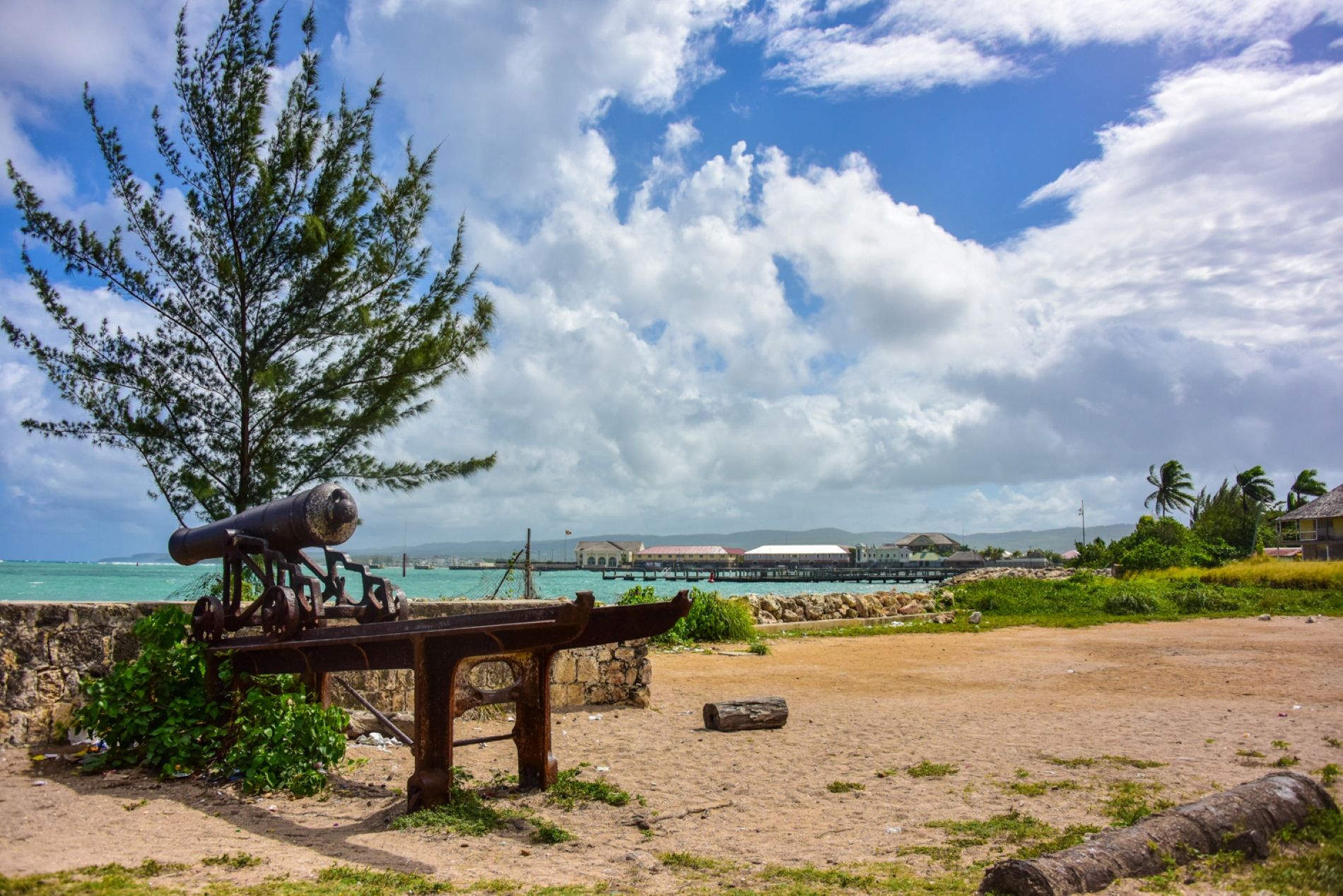How To Cook with Scotch Bonnet Peppers
Anyone who has been on vacation in Jamaica has probably encountered Scotch bonnet peppers.
This is the pepper of choice in Jamaica, but they are often referred to as the Caribbean Red Peppers because they can be found in many areas throughout the Caribbean.
Vacationers often wonder what makes the peppers so intriguing, and they become a topic of conversation. One of the questions visitors frequently ask about cooking with Scotch bonnet peppers is how much is too much?
Of course, you want to experience the taste and flavor of the peppers as you're meant to, but you also want to make sure you're not running your tongue and mouth under cold water for an hour afterwards.
So let's dive in and learn everything there is to know about cooking with Scotch bonnet peppers.
Scotch Bonnet vs. Habanero
Both Scotch bonnet and Habanero peppers are widely used in Caribbean’s cuisine. However, the Scotch bonnet is the used most commonly in local recipes.
If you hear someone talk about hot peppers in Jamaica and most of the Caribbean, he or she is likely talking about Scotch bonnet peppers. If you ask to try a hot pepper during your vacation in the Caribbean islands, (English-Speaking Caribbean Islands in particular) it’s likely that you’ll be pointed in the direction of a the Scotch bonnet pepper.
Scotch bonnet and habanero peppers are both seriously hot peppers with a similar fruity taste. The difference is that Scotch bonnet peppers have an additional sweetness that contributes to the overall flavor.
When it comes to the Scoville Heat Scale, both of these peppers have relatively the same amount of kick (from 100,000 to 350,000). The two are close cousins. Since Habanero peppers are more widely available outside Jamaica and the Caribbean Islands, they can often be used as a substitute for Scotch bonnet peppers.
Habanero pairs better with a wide range of ingredients due to the fact that it’s slightly less sweet. However, the Scotch bonnet is known for its high level of sweetness, which makes it a key ingredient in some of the tastiest tropical hot sauces around the world.
It’s this sweetness that makes scotch bonnet peppers a favorite when it comes to preparing Caribbean food and hot sauces. If you love tropical hot sauces and Caribbean foods, Scotch bonnet chili is one of the ingredients you might want to take a good look at.
Cooking with Scotch Bonnet Peppers
It's been said before, but it bears repeating: Jamaican Scotch bonnet recipes make some of the tastiest tropical hot sauces and salsa you can find anywhere.
When cooking with Scotch bonnet, one must take precaution and wear gloves and ensure protection of the eyes. It’s recommended not to touch any sensitive part of your skin or your eyes when preparing chilies. Wearing gloves can help protect your skin when chopping scotch bonnet peppers.
After slicing the pepper, use cold water to wash your rubber gloves, the chopping board, knife, and any other utensils that came into contact with the pepper or its seeds. This is important: the Scotch bonnet pepper is one of the world’s hottest chili peppers — if you're not careful, they can cause some serious irritation.
However, the distinct sweet-heat flavor that comes with these peppers is what people love. Removing the membrane and seeds inside the scotch bonnet pepper can help reduce a lot of the heat. These are the two places where most of the heat in the pepper is stored. Mincing or chopping the pepper into finer pieces ensures that the heat spreads in the dish.
When preparing the Scotch bonnet pepper sauce, you will need garlic cloves, chopped carrots, chopped onions, juiced lime, sea salt, water, coconut sugar and sliced Scotch bonnet peppers.
The hot pepper sauce is usually used to season chicken, fish and meat. It may also be used as a condiment. Of course, you can find lots of great and tasty scotch bonnet pepper hot sauces on the market, but it's more fun to make yourself. You can also make your own deliciously spiced Jamaican chicken with Scotch bonnet peppers.
Where can I Buy Scotch Bonnet Peppers?
It’s important to note that Scotch bonnet peppers are slightly harder to find and it’s unlikely you’ll find them in grocery stores and produce markets near you, especially if your local area doesn’t have a significant Latin America population.
As mentioned before, this is the pepper of the Caribbean and is a staple of the region’s cooking. If your area has ties to Caribbean culture, it should be available. However, if none can be found near you, you may consider ordering them from online stores. Alternatively, you might order the seeds and plants online and grow scotch bonnets yourself.
They might be hard to find, but they're easy to cook with. So if you're lucky enough to stumble upon some Scotch bonnet peppers, use this guide to make sure you're safe and prepared when trying out a new recipe.



